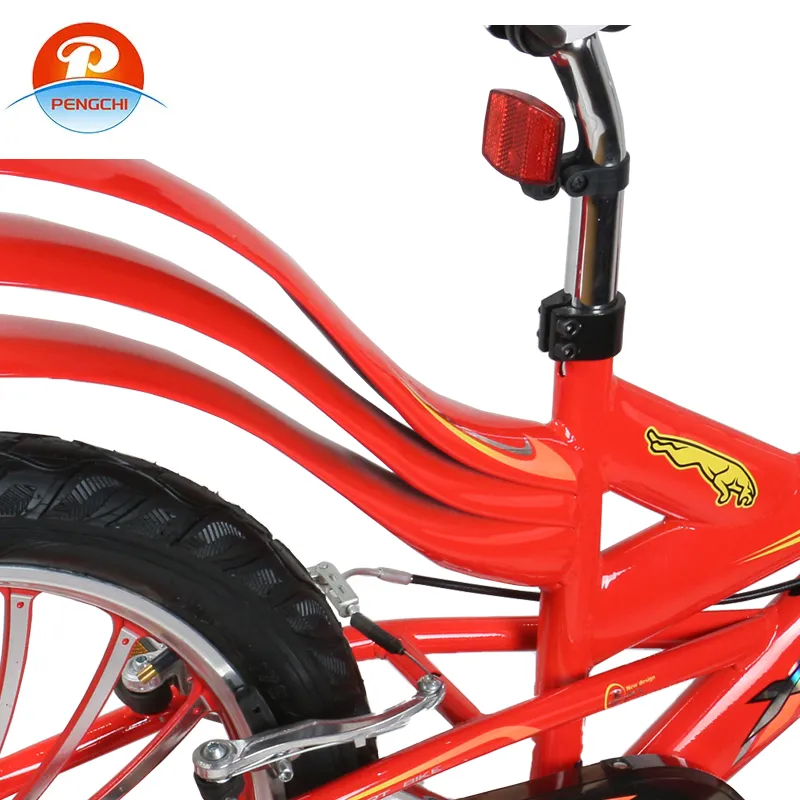
-
 Afrikaans
Afrikaans -
 Arabic
Arabic -
 Belarusian
Belarusian -
 Bengali
Bengali -
 Bulgarian
Bulgarian -
 Croatian
Croatian -
 Czech
Czech -
 Danish
Danish -
 Dutch
Dutch -
 English
English -
 Finnish
Finnish -
 French
French -
 German
German -
 Greek
Greek -
 hawaiian
hawaiian -
 Hebrew
Hebrew -
 Hindi
Hindi -
 Hungarian
Hungarian -
 Indonesian
Indonesian -
 irish
irish -
 Italian
Italian -
 Japanese
Japanese -
 Javanese
Javanese -
 kazakh
kazakh -
 Khmer
Khmer -
 Korean
Korean -
 Kyrgyz
Kyrgyz -
 Lao
Lao -
 Latin
Latin -
 Luxembourgish
Luxembourgish -
 Malay
Malay -
 Myanmar
Myanmar -
 Norwegian
Norwegian -
 Persian
Persian -
 Polish
Polish -
 Portuguese
Portuguese -
 Romanian
Romanian -
 Russian
Russian -
 Serbian
Serbian -
 Slovak
Slovak -
 Somali
Somali -
 Spanish
Spanish -
 Swedish
Swedish -
 Tagalog
Tagalog -
 Thai
Thai -
 Turkish
Turkish -
 Turkmen
Turkmen -
 Ukrainian
Ukrainian -
 Uighur
Uighur -
 Vietnamese
Vietnamese
Dec . 29, 2024 12:47 Back to list
sizing children's bikes
Sizing Children’s Bikes A Comprehensive Guide
Choosing the right size bike for your child is crucial for their safety, comfort, and enjoyment. With various models and sizes available, parents might feel overwhelmed by the process. However, understanding key factors can make selecting the perfect bike easier and more enjoyable. This guide will help you navigate the intricacies of sizing children's bikes to ensure a great riding experience.
1. Understanding Bike Sizes
Children’s bikes are typically categorized by their wheel size, which can range from 12 inches for the youngest riders to 24 inches for older kids. Each bike size corresponds to a specific age and height range, but it's essential to remember that children grow at different rates. Therefore, it’s best to refer to both age and the child’s inseam measurement for accuracy.
2. Measuring Your Child's Height and Inseam
To find the right bike size, start by measuring your child's height. Have them stand straight against a wall and mark the top of their head. Next, measure the inseam by having them stand with their feet shoulder-width apart, then measure from the floor to the top of their inner thigh. This measurement is critical because it helps determine how well they can reach the pedals and the ground when seated.
3. Wheel Sizes for Different Age Groups
Here’s a general guide for matching bike sizes to your child’s age range and height
- 12-inch wheels Typically for children ages 2 to 4 years, with a height range of about 28 inches to 38 inches. - 14-inch wheels Suited for ages 3 to 5 years, accommodating heights of 36 inches to 44 inches. - 16-inch wheels Ideal for ages 5 to 7 years and a height range of 42 inches to 48 inches. - 20-inch wheels Best for ages 6 to 9 years, suitable for heights of 48 inches to 54 inches. - 24-inch wheels Generally for ages 8 to 12 years, with heights ranging from 54 inches to 60 inches.
sizing children's bikes

Keep in mind that these age ranges are approximate, so referring to your child's specific height and inseam is critical for the right fit.
4. Test Riding for the Best Fit
Once you have selected a bike based on size, it’s essential to test it. Have your child sit on the bike. They should be able to touch the ground with their feet while sitting down, allowing for a sense of security. If they can’t reach the ground comfortably, the bike may be too big. Conversely, if they are cramped and cannot fully extend their legs while pedaling, the bike may be too small.
5. Adjustable Features
Consider bikes with adjustable seat heights and handlebars, which can accommodate your child's growth. Many manufacturers design bikes with this flexibility in mind, allowing the bike to grow with your child and extend the life of the purchase.
6. Safety First
Lastly, always prioritize safety. Regardless of bike size, ensure your child wears a properly fitting helmet and understands the basic rules of biking. Teaching them to ride in safe environments initially can make the experience more enjoyable and confidence-building.
In conclusion, sizing children’s bikes accurately is a vital process that ensures safety and enhances the overall biking experience. By measuring your child's height and inseam, understanding wheel sizes, and prioritizing comfort, you can make informed decisions that lay the groundwork for many happy rides ahead. Remember, with the right bike, your child can enjoy the freedom and joy that cycling brings!
-
New Red Anti-theft E-Bike | Easy Ride City Commuter
NewsJul.31,2025
-
BMX 20 Inch Bikes for Freestyle & Street | Fat Tire Options Available
NewsJul.30,2025
-
322 High Quality 26 Inch 21 Speed Adult Mountain Bike OEM MTB
NewsJul.29,2025
-
Specialized Kids Mountain Bikes - Safe, Durable & Fun Riding Experience
NewsJul.29,2025
-
Little Kids Mountain Bike - Lightweight Bikes for Young Riders
NewsJul.29,2025
-
Kids Mountain Bike Trek – Full Suspension for 6 Year Old Riders
NewsJul.29,2025

